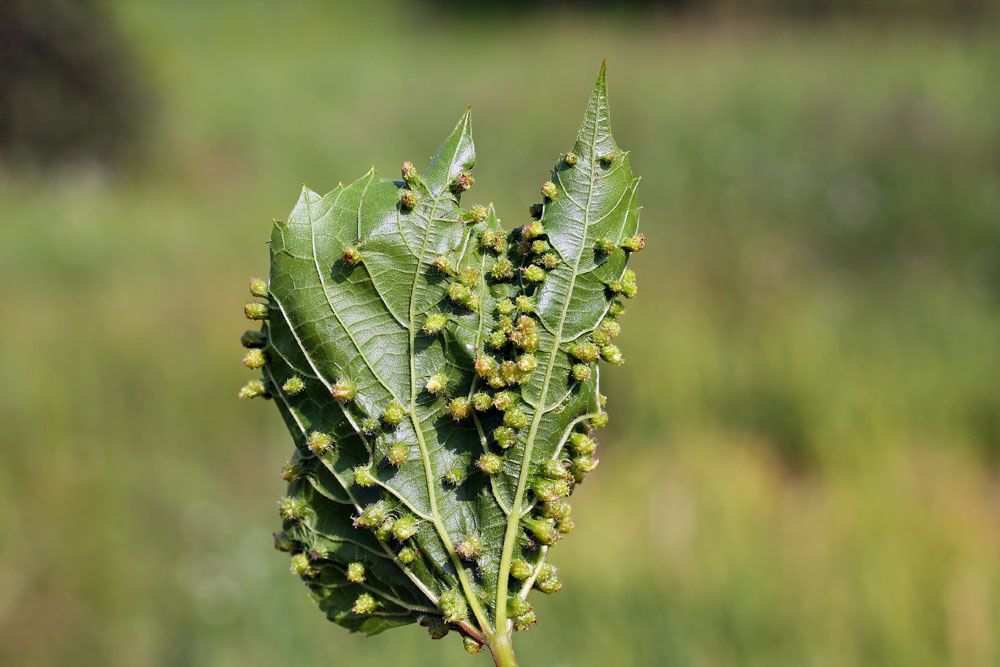
Grape Phylloxera – Daktulosphaira vitifoliae
Grape Phylloxera (Daktulosphaira vitifoliae)
Latin Name: Daktulosphaira vitifoliae
Common Name: Grape Phylloxera
Appearance:
- Adult Phylloxera is 1 mm in length. In the summer, they are yellow, and in the winter, they turn brown.
- Crawlers or nymphs are immature phylloxera that has a similar form to adults.
- The eggs are yellow and measure less than 0.3 mm in length.
- Asexual reproduction is possible for Phylloxera. An adult female may produce up to 200 eggs every year without mating.
- In the spring and summer, phylloxera crawlers emerge from eggs placed on the roots of grapevines. Crawlers can either stay in the root system or ascend the vine into the leaf canopy, where they will go through four phases of development.
- The months of January and February are when the population is at its highest. Phylloxera survives the winter as eggs, crawlers, or galls on the nodules or roots of grapevines.
